This site is part of various affiliate programs. Links may give us a small compensation for any purchases you make, at no additional cost to you. Please read the disclaimer policy for full details.
Back in the 90s, many professional photographers carried around a high-end point-and-shoot camera as a backup or as a way to quickly snap a photo of something interesting when they didn’t have the time to fiddle with settings.
On the other hand, beginners used higher-end point-and-shoot cameras as a means to get into photography and learn the ropes easily.
That market was dominated by manufacturers like Leica that provided the best of the best cameras, with a price tag to follow. Kyocera decided that it would be good if they competed with Leica in every aspect except price. The strategy was simple, do everything that Leica does, but cheaper.
With that, the Contax T2 was born. The first iteration of the Contax T wasn’t such a success. The T2, on the other hand, was. Kyocera finally managed to crack the formula and compete effectively.
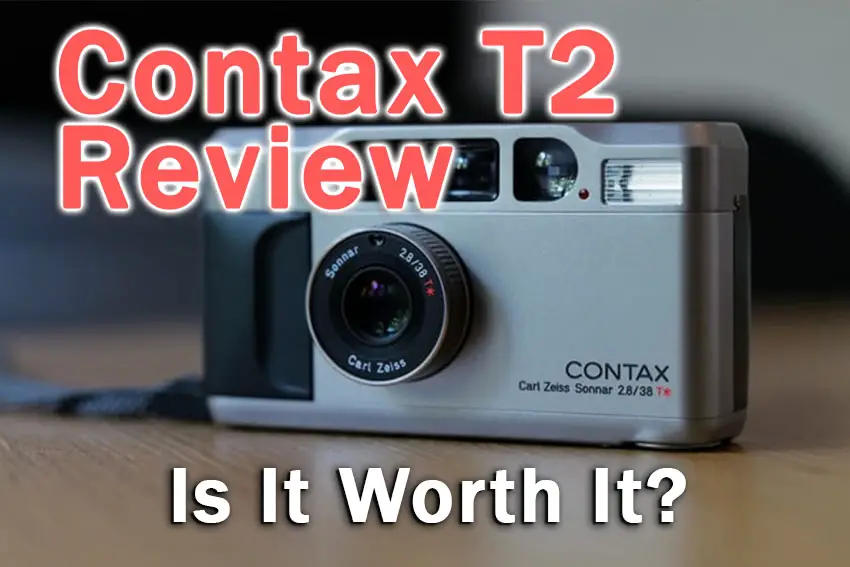
Contax T2 Review
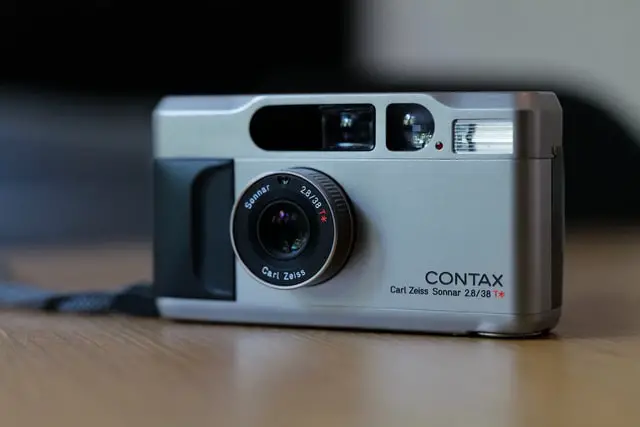
Features:
- Film: 35mm, DX ISO 25-5000, Non-DX Default ISO 100
- Lens: Carl Zeiss T* Sonnar 38mm f/2.8
- Aperture Range: f/2.8 – f/16
- Shutter Speed: 8s – 1/500s
- Exposure Compensation: +/- 2 EV in ½ EV Steps
- Size: 119x66x33mm
- Weight: 296g
The Contax T2 was a titanium-built, well-designed, fixed lens, autofocus, point-and-shoot camera that produced amazing photos. In fact, even by today’s standards, the T2 produces amazing photos. It is a 35mm film camera that will fit in a pocket (if you wear cargo pants).
Recently it gained a second wind in fame because it found its way into the hands of some celebrities, which is a testament to the camera’s design, looks, and durability.

Lens Quality
Kyocera purchased the Contax brand from Carl Zeiss, and with that, they had an agreement that Carl Zeiss would continue to produce the lenses for all Contax cameras. That deal alone was the most significant advantage that Kyocera had.
The Contax T2 features a Carl Zeiss T* 38mm f/2.8 Sonnar lens. Sonnar is the midrange lens lineup from Carl Zeiss. Planar lenses are the most straightforward designs, which makes them cheap, but they produce lower-quality photos. Sonnar lenses are a bit more complexly designed, feature wider apertures than the Planar, and produce better-quality photos.
Tessar lenses feature even wider apertures than the Sonnar lenses and better image quality, but they have a quite complex design. With that, the Tessar lenses are expensive to produce.
That is why Kyocera and Carl Zeiss chose the Sonnar line as a logical choice for the Contax T series.
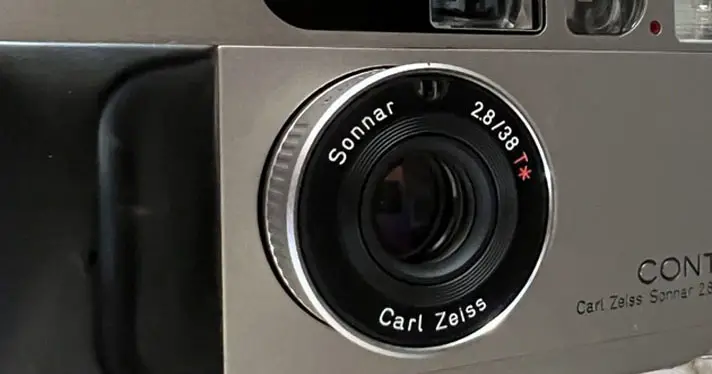
The lens is very sharp, sharp enough to make the most out of ISO400 film and focus the smallest details at the film grain size. That is excellent for a point-and-shoot camera. Of course, there will be some sharpness falloff towards the corners, but that is plaguing every single lens there is.
There is a slight vignette, but it is hard to find a lens from that time that doesn’t have it. Chromatic aberration is well controlled, with very slight fringes being visible in extremely high-contrast scenarios. There is no visible aberration in the out-of-focus areas. On that front, the lens performs very well.
You’ll find that the lens is an excellent performer for portrait work. The bokeh is pleasing and not too distracting, and there aren’t too many weird shapes in the background.
The color rendition is great, and the T* coatings do their job very well. You’ll notice some flare and ghosting, but it isn’t too bad. Again the T* coatings to their job.
All in all, it is a great and compact lens that produces excellent image quality while being able to retract in the body when the camera is not in use.
Autofocus
Often, when we talk about film cameras, the first thought is that you have to focus manually, especially with rangefinder cameras. Well, that is not the case with the Contax T2.
Kyocera packed the Contax brand with every piece of technology they had their hands on, and autofocus is one of them.
The camera uses a rudimentary (by today’s standards) active IR autofocus system. That means the camera flashes an IR lamp and measures the time it takes for the reflected IR light to hit the camera. Using the time delay, it picks a preset distance to focus the lens to. The good thing is that you have a focus lock available, so you can do focus-recompose when necessary.
You’d think that this is more of a gimmick than it is actually useful, but you’d be surprised when you see that it works quite well.
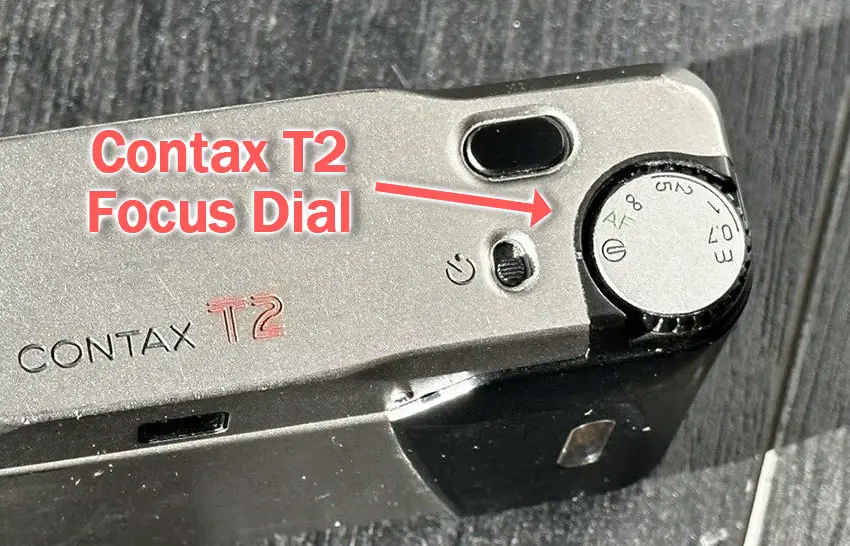
Of course, if you think you can focus the lens better than the camera can, you can do that too. You can focus manually via a dial, but you’ll have to guess the distance (or the camera will tell you what the distance is via the IR measurement) and set it yourself.
In short, the autofocus is rudimentary, but it works. Manual focusing is a guessing game unless you trust the camera to measure the distance correctly.
Shooting Modes and Usability
Being a point-and-shoot camera with plenty of technology inside, the Contax T2 can work entirely automatically. You can let the camera decide every setting, and you just point and shoot.
However, if you need more control, you can set the camera in Aperture Priority mode and set the aperture yourself. Here, the camera will use the Exposure Metering and pick the shutter speed for you, but you can affect that with the +/- 2EV of Exposure Compensation that you have available.

Remember how the lens is 38mm f/2.8? Well, in aperture priority, you can’t select f/2.8 which is a bummer. Many photographers would use aperture priority just to have the widest aperture chosen most of the time, but in this case, you’ll have to do with f/3.5 even though you have an f/2.8 lens available.
The camera has a respectable 1/500s maximum shutter speed, which is quite good for that time. But, if, for some reason, the camera chooses f/2.8, the maximum shutter speed drops to 1/200s. You’d think that this is a huge problem, but it usually isn’t. When the camera picks f/2.8, it is in low light conditions where the shutter speed will be far slower than 1/200s.
If you have used point-and-shoot cameras before, you will notice that if they have a built-in flash, it is turned on by default. In the Contax cameras, this is the opposite. The flash is off by default, and you need to turn it on if you want to use it. That is great because it won’t ruin shots where it is not necessary.
You can’t manually control the flash power. So if you turn on the flash, the camera controls the flash power.
To sum everything up, the Contax T2 can work fully automatically or in aperture priority. In aperture priority, you can’t select f/2.8. When the camera picks f/2.8 in auto, the maximum shutter speed drops to 1/200s. Otherwise, it is 1/500s. It has +/- 2EV of exposure compensation. The flash is off by default, and the camera controls the power when you turn it on.
Viewfinder
On another note, the viewfinder is nice and large, so you can easily see and compose your shot. You aren’t going to find a good viewfinder in a point-and-shoot camera easily. Even the Leicas have awful ones.
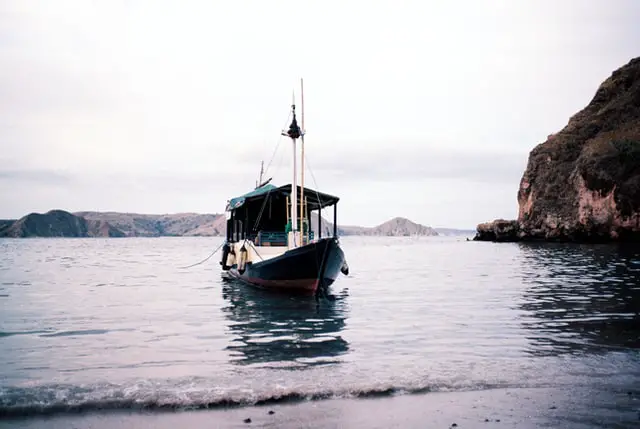
It will also display a lot of information like the shutter speed, whether the flash is on or off, whether exposure compensation is on or off, whether you are front or back focusing, and so forth. It is pretty advanced for its time, especially for a point-and-shoot viewfinder.
In short, the viewfinder is nice and bright, with plenty of information displayed through it.
Film and Battery
The camera requires a battery for the electronics to operate, obviously. It uses a CR123A 3V lithium battery, which you might not find in every department store, but they are easy to find or order via Amazon. You’ll be able to shoot around 24 film rolls with 24 exposures with 50% flash usage on a single battery and quite more without the flash.
Loading film in the camera is a breeze. Most of the process is motorized, meaning that the camera will auto-load, auto-advance, auto-rewind with auto return/stop, and you can rewind a film mid-roll. It will recognize DX films between ISO25-5000, and non-DX films will default to ISO100.
All in all, you can use ISO25-5000 DX film, and the camera will read it. The non-DX film will default to ISO100. Using flash, you can shoot around 24 film rolls with 24 exposures on a single CR123A battery.
Style and Design
Even though aesthetics and style are subjective, if we judge what the general public wants, the Contax T2 is among the best-designed point-and-shoot cameras out there. It is titanium made, and the way it is shaped feels like every crease and line is intentional.

Most cameras from this era look like square slabs with a lens poking out of them, but the Contax T2 looks like the aesthetics of the design are actually well thought out and a feature. That is why you’ll often see it in the hands of celebrities and fashion designers/models.
Being made from titanium means that the camera can take a beating, and given the fact that titanium is quite a tough metal, it won’t scratch that easily. Of course, you can still scratch it, but it will last you a lot longer before it looks like a complete and utter mess when compared to its plastic counterparts.
The camera is small and relatively light for what it is, thanks to the titanium being a tough but lightweight metal. It fits well in your hand, and you can operate pretty much everything without any issues.
In short, it is a rugged and great-looking titanium-made camera that can also serve as a fashion accessory. Form doesn’t sacrifice function. Instead, form and function work in tandem.
Price
Sadly, the fact that the camera is popular among celebrities and fashion aficionados alike doesn’t bode well for the price. If you want a champagne titanium finish Contax T2 in mint condition, get ready to fork out around $1200. At the same time, the black titanium variant might cost you even more.

The good thing is that the prices are starting to come down, so if you aren’t in a hurry, you might get it for less than $1200 if you wait a couple of months.
We wouldn’t recommend getting an untested camera or a camera with visible wear and tear since these cameras are more than 30 years old and are pretty complex little beasts. That means plenty of things can break, and your average camera service center might not be able to repair them. That is the nature of old electronics, sadly.
In summary, a mint Contax T2 will cost you $1200, but the price will continue to fall in the upcoming months. If you aren’t in a hurry, wait a while, and the T2 won’t put a hole in your pocket.
Who is the Contax T2 for?
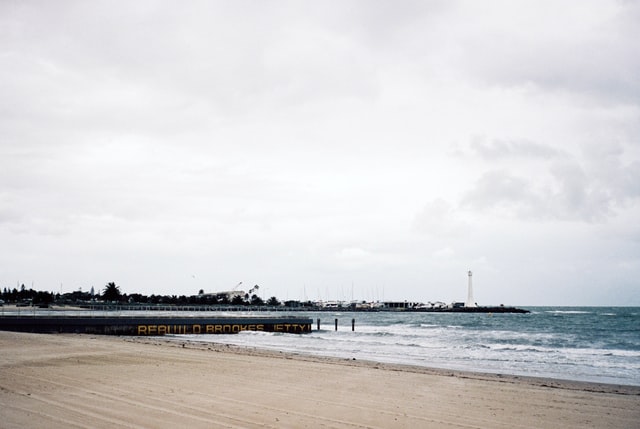
If you are a photographer or enthusiast who wants to get into film photography but also wants as few compromises as possible with the gear you purchase, then the Contax T2 is for you. It is pricey at the moment, but the price will go down soon as the hype dies down. Until then, it is an expensive point-and-shoot and one of the most advanced at the same time.
Read More:

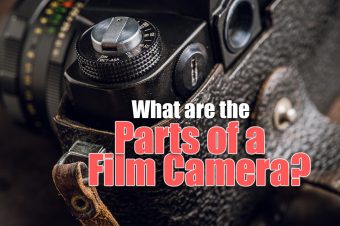

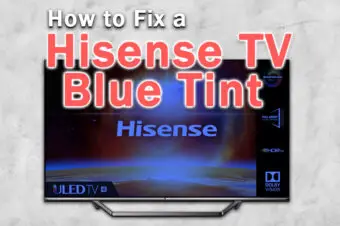
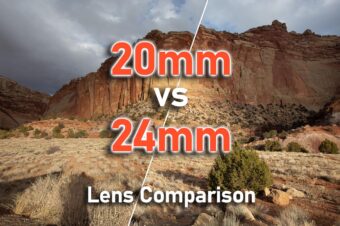
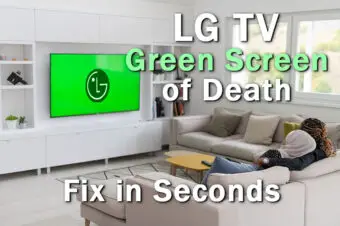
Leave a Reply